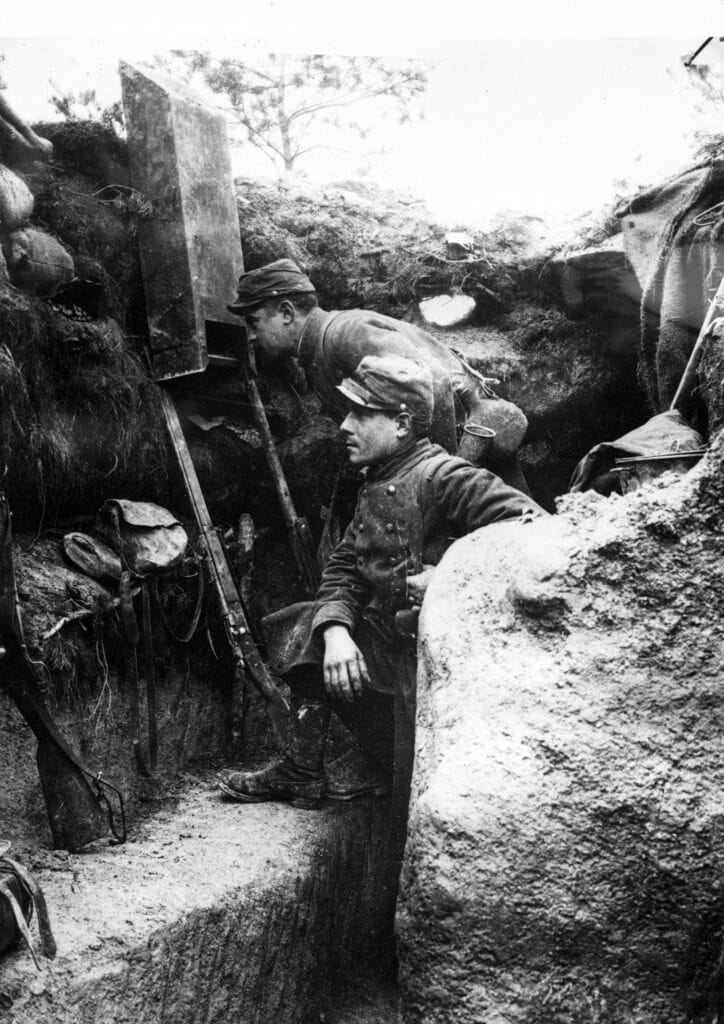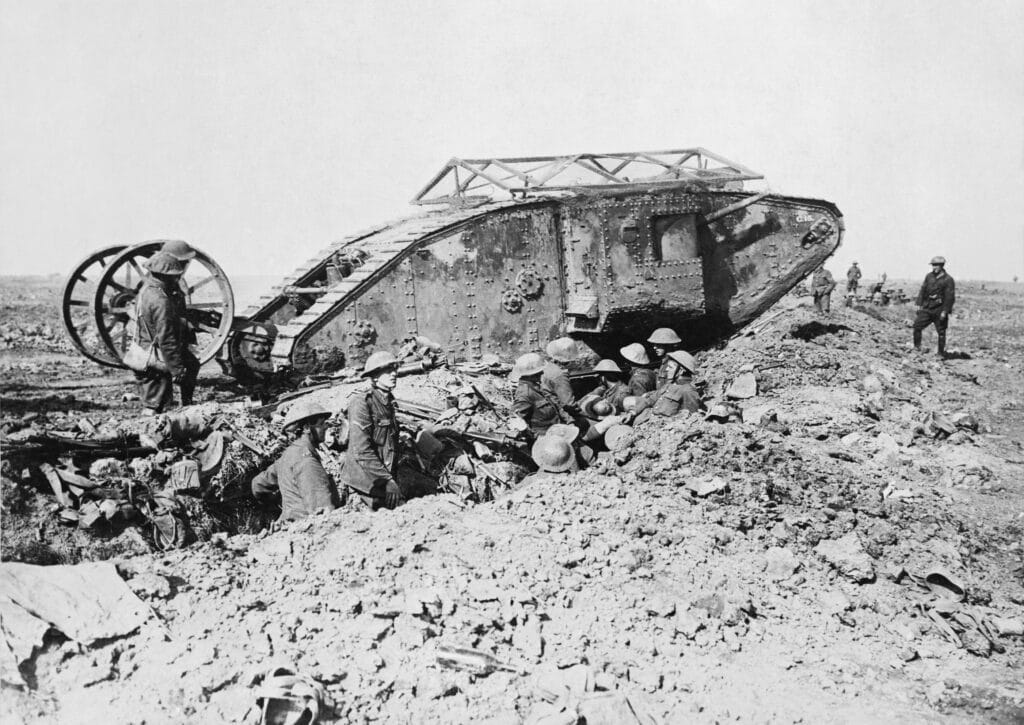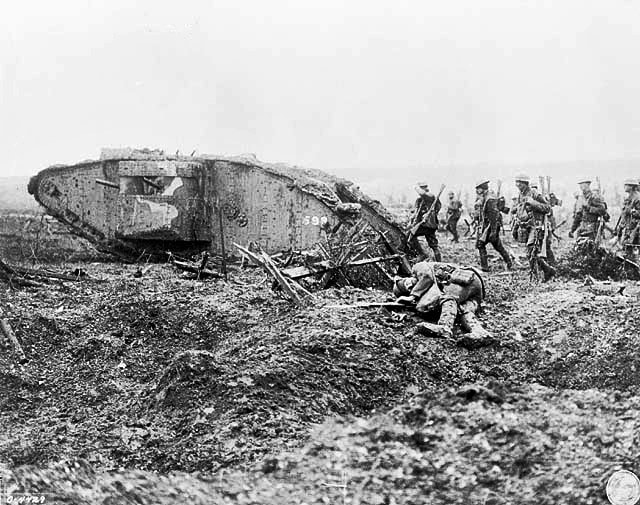This Week in History recalls memorable and decisive events and personalities of the past.
9th September 1915 – First World War: The first tank prototype, developed by William Foster & Co. for the British army, was completed and given its first test drive

Little Willie, at the Tank Museum in Bovington [Andrew Skudder, https://commons.wikimedia.org/w/index.php?curid=3250684]
After initially being a war of movement, the First World War quickly became a war of trenches on the Western Front.
While the Germans and Entente forces had at first attempted to outflank and encircle each other, as was the standard doctrine at the time, new technologies – such as machine guns and advanced artillery – saw huge casualties for whichever side attacked.
The first few months of the war were, in terms of deaths per day, the bloodiest on the Western Front.

French troops using a periscope, 1915
The result was trench warfare, as each side was forced to dig fortified trenches to protect themselves from the enormous firepower of the other side.
The deadlock this created proved difficult to break, as even if a trench line could be captured, it was extremely difficult to move up supporting forces to exploit the breakthrough and a counterattack would often halt the momentum of any attack. The infantry were just too vulnerable to machine guns and artillery when they were not in trenches. Stalemate set in.

British (upper) and German (lower) frontline trenches, 1916
Stalemate would generate an explosion of creativity and risk-taking by both sides, as they desperately attempted to find ways to break the deadlock. These attempts including embarking on grand new campaigns, such as the Gallipoli campaign, where Britian tried to knock Germany’s weakest ally, the Ottoman Empire, out of the war with an amphibious invasion.
Other attempts were tactical; both sides tried various ways of attacking to come up with a new way to break the deadlock.
Some proposed solutions were technological, and it was from these efforts that the world’s first tank emerged.
The tank attempted to solve the problems of trench warfare by creating a machine that could bring light artillery and machine gun support onto the frontline, protect troops from machine guns and breakthrough the mass of barbed wire used by each side to protect their trenches.
The result was the Little Willie tank, designed by the British in July 1915. Though called a ‘landship’, these vehicles would later be referred to as ‘water tanks’ in documents as a way to keep their existence secret. It is from this subterfuge that the modern term ‘tank’ originates.

Little Willie, with its rear steering wheels, September 1915
The Little Willie was a 16-ton, 6m-by-3m iron box with tracks on either side to move it over the difficult and muddy terrain between trenches. It was steered by two wheels at the rear. Little Willie was designed to carry a Vickers 2-pounder (40 mm) gun and a number of machine guns.
Although only one Little Willie was ever built, the design was very helpful to British engineers in developing their ideas about how a tank would work. Little Willie was beset by numerous technical problems, but through experimentation the British engineers were able to develop the Mark I tank.

A Mark I tank, moving from left to right. The rhomboidal shape allowed it to climb parapets and cross trenches [Photo by Ernest Brooks]
The Mark I would be the first tank used in battle and would go on to be developed throughout the war, the tank being used by both sides, with the Germans proving adept at repairing captured British tanks and using them in battle.

Canadian Corps troops at the Battle of Vimy Ridge, 1917
Eventually the tank, coupled with changes in tactics, would allow the Entente powers to win the First World War, breaking the stalemate and driving the German army to the edge of collapse in 1918.
If you like what you have just read, support the Daily Friend

